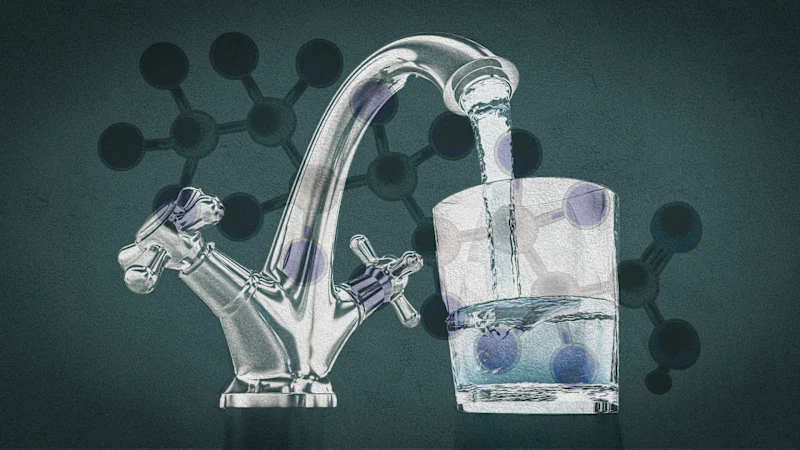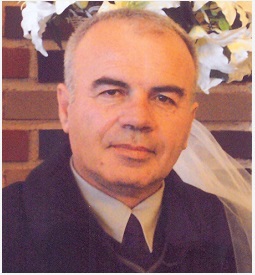Copyright smh

Co-author Dr Jacinta Martin said there had been decades of debates about conflicting scientific literature and the argument whether PFAS in the environment was highly diluted and not a risk to people. “If we can take away all the excuses that [research] doesn’t perfectly mimic what’s going on outside, then maybe what we could find might help fill that gap, and we’ll be able to better actually provide information or knowledge to these individuals who are making these big decisions,” Martin said. PFAS have received bad press since 1998 when 3M admitted to US regulators that PFAS had entered the blood of people worldwide, but the news was kept quiet until the company settled a mammoth lawsuit for $16 billion in 2023. The Herald played a leading role in bringing the threat posed by PFAS to public attention beginning in 2016 when we revealed some 50 cancer cases over 15 years on a five-kilometre stretch of road in Williamtown near Newcastle. We also rang the alarm bell over 90 sites around Australia being investigated by authorities for contamination by PFAS chemicals. Our investigative reporter Carrie Fellner was working in Newcastle and first joined the PFAS trail when the Williamtown story broke. She has pursued the unfolding story of contamination, cancer, cover-up and corporate malfeasance affecting the Indigenous community of Wreck Bay on the NSW South Coast. Last year, she revealed PFAS were present in Blue Mountain water supplies and exposed Sydney’s water authorities’ shameful attempts to keep the problem away from the public gaze.



